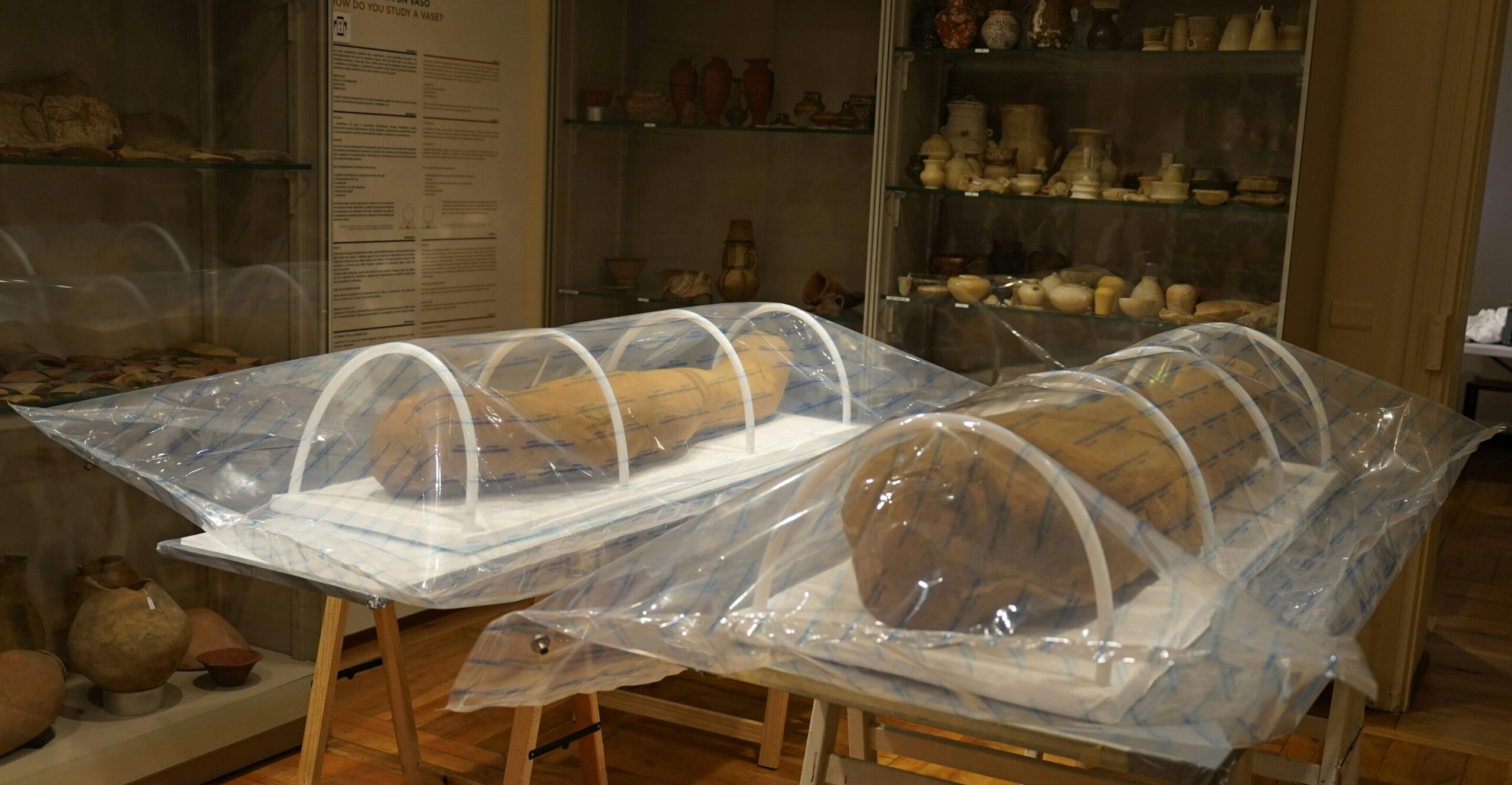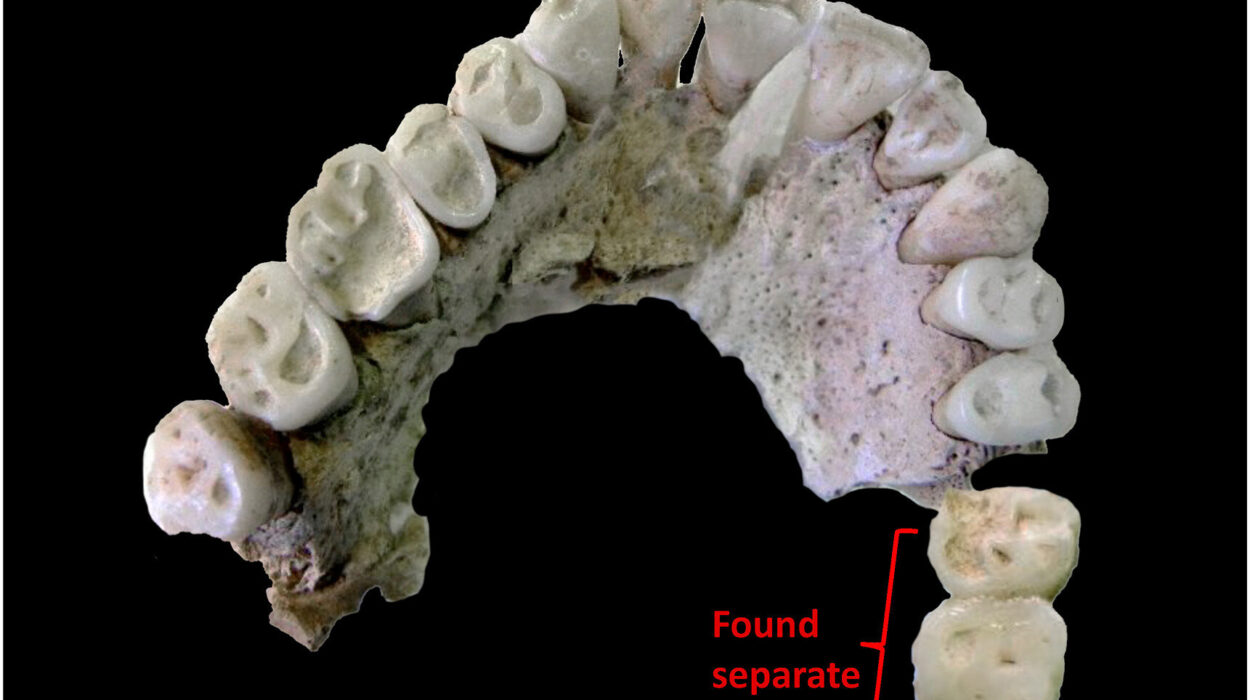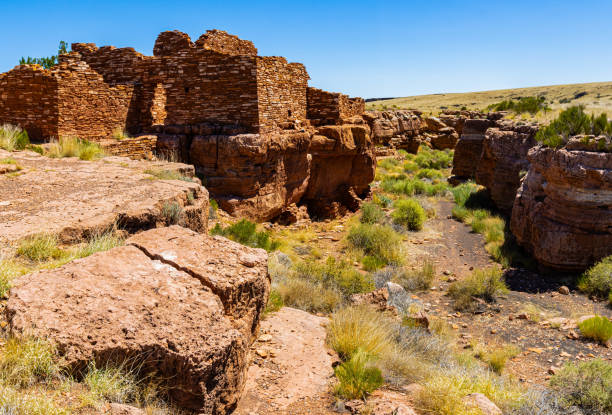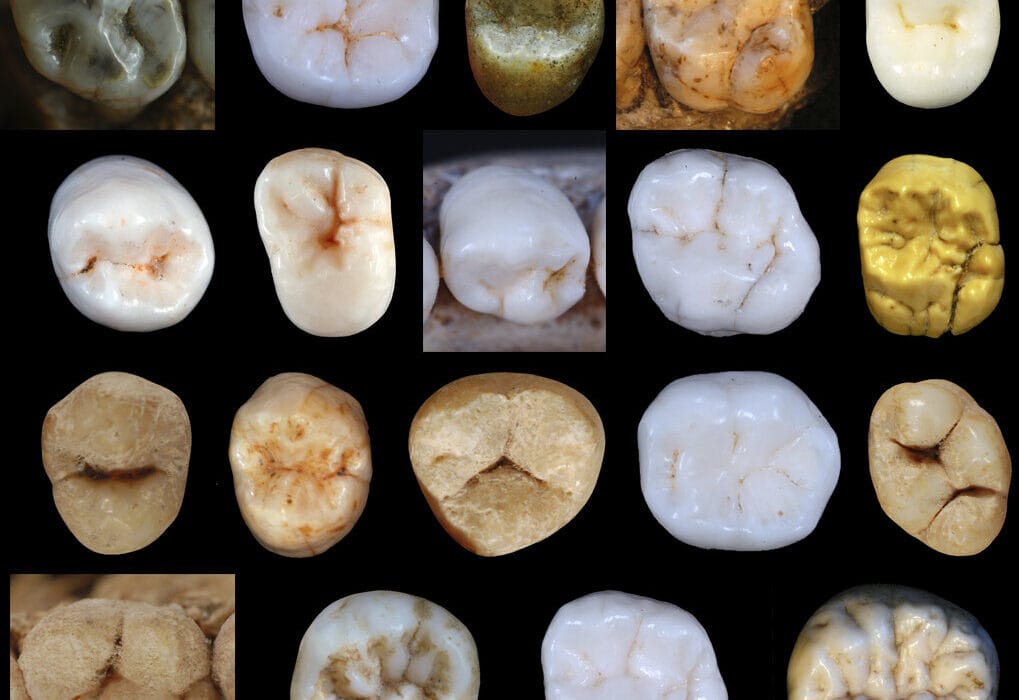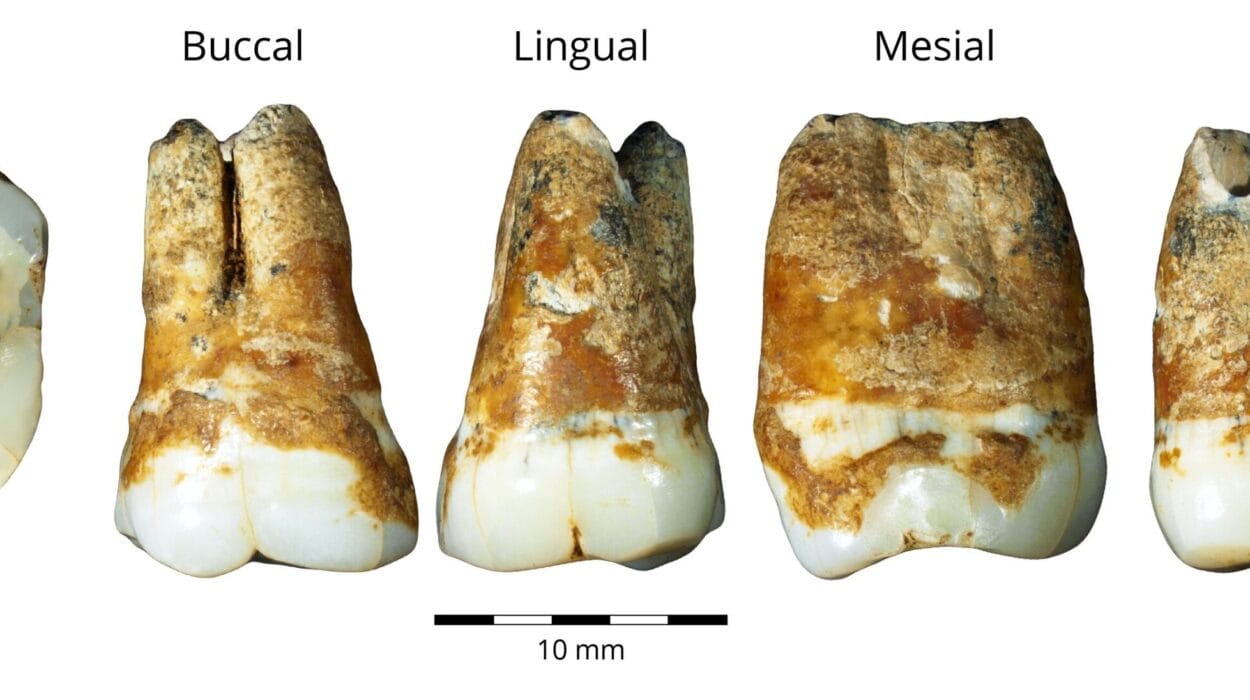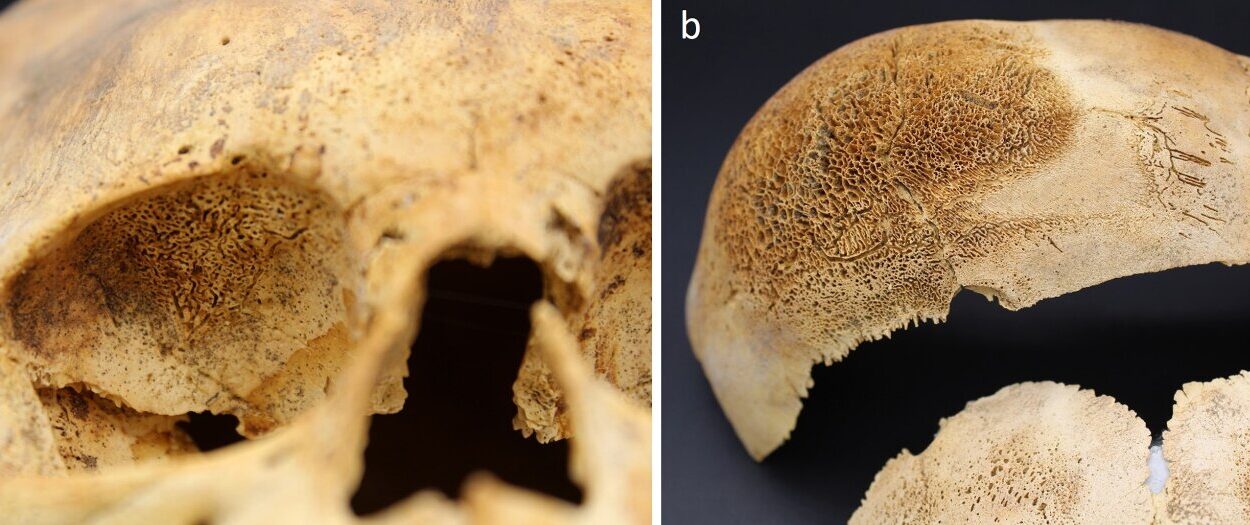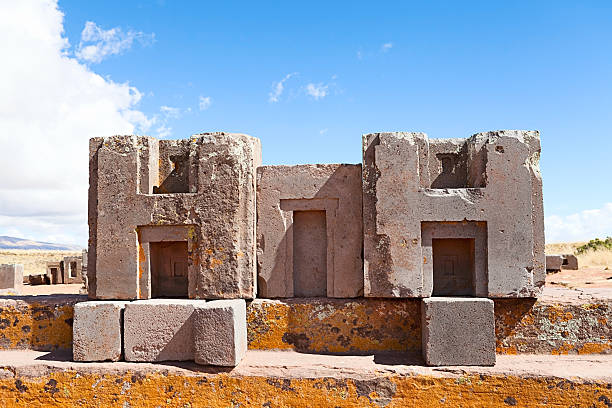A few years ago, when a research team from Eurac Research entered the warehouses of the National Archaeological Museum in La Paz, Bolivia, they stumbled upon a remarkable yet troubling sight. In carefully stored shelves lay more than fifty mummified individuals and over five hundred pre-Columbian skulls—silent witnesses of ancient civilizations. These remains had survived centuries, even millennia, yet they now faced a modern threat: the slow and silent destruction caused by fungi, bacteria, and unstable environmental conditions.
The team was astonished not only by the sheer scale of the collection but also by the precariousness of its preservation. Despite the best intentions of curators, the lack of adequate resources meant that these priceless pieces of history were deteriorating, their fragile organic matter vulnerable to contamination. This is not a challenge unique to Bolivia. Even in countries such as Italy—home to an overwhelming wealth of historical treasures—preservation often lags behind, simply because there is more heritage than there are funds to protect it.
The Fragility of Organic Heritage
Organic cultural heritage—mummified bodies, ancient textiles, manuscripts, wooden artifacts—poses unique challenges for conservators. Unlike stone or metal, organic matter is highly sensitive to environmental fluctuations. Humidity, temperature, and airborne pollutants can accelerate decay. Transporting such items for research or exhibition multiplies the risks, as exposure to unstable conditions often causes irreversible damage.
Mummies, in particular, represent one of the most fragile categories of heritage. They carry not only historical and cultural significance but also biological information that could unlock secrets about past lives, diets, diseases, and mortuary practices. Preserving them is not merely about honoring the dead; it is about safeguarding irreplaceable scientific data.
Innovation Born from Necessity
Faced with this daunting problem, a team at Eurac Research in Bolzano, Italy, began experimenting with new preservation methods. Their goal was ambitious yet practical: to create a conservation system that was inexpensive, easy to use, and versatile enough to serve museums and research centers across the globe. After years of trials, calibrations, and collaborations with institutions like Eco Research, they introduced the Conservation Soft Box—an elegant solution that could change the future of heritage preservation.
Recently presented at the 11th World Congress of Mummy Studies in Cuzco, Peru, and published in the Journal of Cultural Heritage, the Conservation Soft Box represents a breakthrough in conservation technology. Its design is deceptively simple: a flexible plastic case held together by lightweight tubes and sealed tightly around the artifact. Inside, a finely tuned micro-environment preserves the object, shielding it from the external world.
How the Conservation Soft Box Works
The genius of the Conservation Soft Box lies in its balance of sophistication and accessibility. It is airtight, preventing harmful fluctuations in the surrounding environment. Activated carbon filters absorb gases emitted by the organic matter, neutralizing potential chemical reactions that might accelerate decay. Carefully prepared silica gel bags regulate humidity, maintaining the precise level needed for stability in each specific context.
Once sealed within a Soft Box, an artifact remains protected for prolonged periods with minimal maintenance. For conservators, this is a game-changer. It means that fragile remains can be stored, transported, and even studied without the constant fear of deterioration.
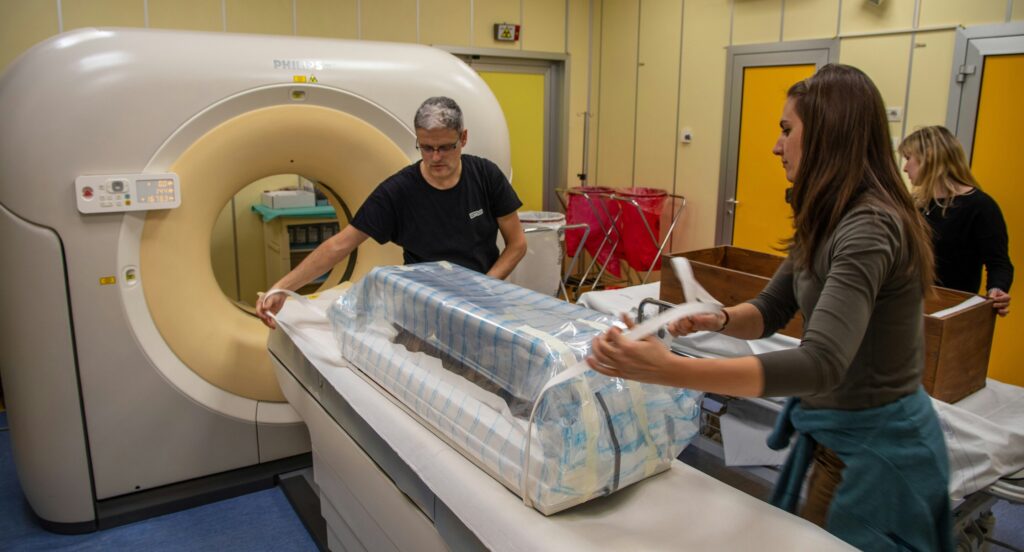
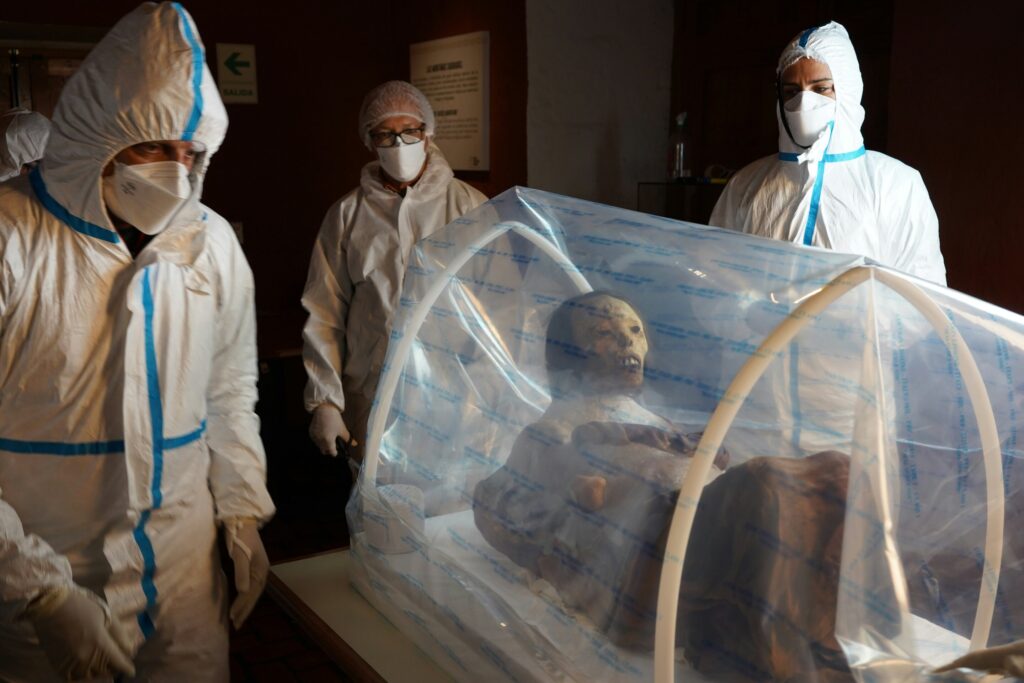
As Marco Samadelli, the Eurac Research conservation expert who coordinated the project, explains, “I evaluated many materials before finding the most chemically stable ones. The result guarantees the same level of protection as the most sophisticated and expensive display cases. It has enormous potential for the conservation of mummies and other remains such as textiles or ancient artifacts.”
Science Meets Accessibility
Traditionally, high-end museum display cases equipped with climate-control systems can cost thousands of dollars—an impossible expense for institutions in many parts of the world. The Conservation Soft Box, however, delivers comparable protection for just a few hundred dollars. Its affordability could democratize heritage conservation, ensuring that even countries with limited resources can safeguard their treasures.
For institutions in South America, Africa, and parts of Asia—regions rich in cultural heritage but often underfunded—the Soft Box offers hope. Instead of watching priceless artifacts succumb to time and biology, conservators can now intervene with an accessible, science-based solution.
Beyond Preservation: A Research Tool
The Conservation Soft Box does more than protect—it also enables new avenues of research. By eliminating contamination from external environments, the system allows scientists to isolate volatile organic compounds (VOCs) released directly from the remains themselves. These faint molecular traces, sometimes even the odors emitted by Egyptian mummies, carry information about embalming resins, burial practices, and even the health of the individual before death.
This opens an extraordinary window into the past. By studying these compounds, researchers can better understand ancient technologies, cultural practices, and human-environment interactions. What once seemed like little more than faint scents can now be transformed into data that enriches our historical narrative.
Building on a Legacy of Innovation
The Conservation Soft Box is not Eurac Research’s first breakthrough in this field. About a decade ago, the team developed a patented passive display case designed to protect artifacts from microbial contamination without electrical power. While effective, such cases remained costly. The Soft Box offers the same protective benefits in a form that is lighter, cheaper, and easier to assemble.
This simplicity is intentional. Samadelli and his team envision conservators worldwide building their own Soft Boxes with minimal training and resources. By spreading knowledge and tools rather than expensive equipment, they hope to empower museums, universities, and local communities to take ownership of their heritage conservation efforts.
The Future of Cultural Heritage Preservation
The implications of this innovation are vast. Imagine museums in remote regions where funding is scarce but history is abundant—archaeological sites in the Andes, temples in Southeast Asia, or burial grounds in Africa. With Conservation Soft Boxes, these institutions could protect vulnerable heritage on a scale previously unimaginable.
Samadelli himself emphasizes this vision: “With a Conservation Soft Box, we can save a cultural asset for a few hundred dollars, compared to the thousands needed for a glass case. Imagine what this could mean for countries with rich cultural heritage but limited resources to invest in their preservation.”
Beyond museums, the technology could also transform archaeological fieldwork. Often, artifacts uncovered during excavations face rapid decay upon exposure. With portable Soft Boxes, teams could stabilize finds immediately, preserving them for transport and future study.
Sharing Knowledge, Spreading Impact
The Eurac team is not content with keeping this innovation within academic circles. They are already planning workshops for conservators around the globe, teaching them how to build and customize Conservation Soft Boxes for their own collections. By training local experts, they hope to create a ripple effect—where knowledge spreads, costs shrink, and cultural treasures are protected more widely than ever before.
This global vision underscores a critical truth: heritage preservation is not just a scientific or technical issue. It is a matter of shared responsibility. Every artifact tells a story not only of a specific people or nation but of humanity as a whole. Protecting these fragile remnants of the past means safeguarding our collective memory.
A Bridge Between Past and Future
The story of the Conservation Soft Box is, in many ways, a story of science serving humanity. It shows how careful experimentation, creative problem-solving, and a deep respect for cultural heritage can converge to protect the fragile threads of history. Each mummy preserved, each textile saved, is more than an object—it is a voice from the past that continues to speak to us.
The warehouses of La Paz, filled with silent witnesses of pre-Columbian life, remind us of what is at stake. Without intervention, centuries of memory could vanish into dust. With tools like the Conservation Soft Box, however, we gain a chance not only to preserve but to listen, learn, and honor those who came before us.
In the end, heritage conservation is about more than technology or technique. It is about connection—between generations, between cultures, and between the past and the future. Through innovations like the Soft Box, we build bridges across time, ensuring that humanity’s story continues to be told in all its richness and fragility.
More information: Marco Samadelli et al, The conservation soft box (CSB): An innovative, versatile, and low-cost technique to preserve cultural heritage, Journal of Cultural Heritage (2025). DOI: 10.1016/j.culher.2025.07.020
